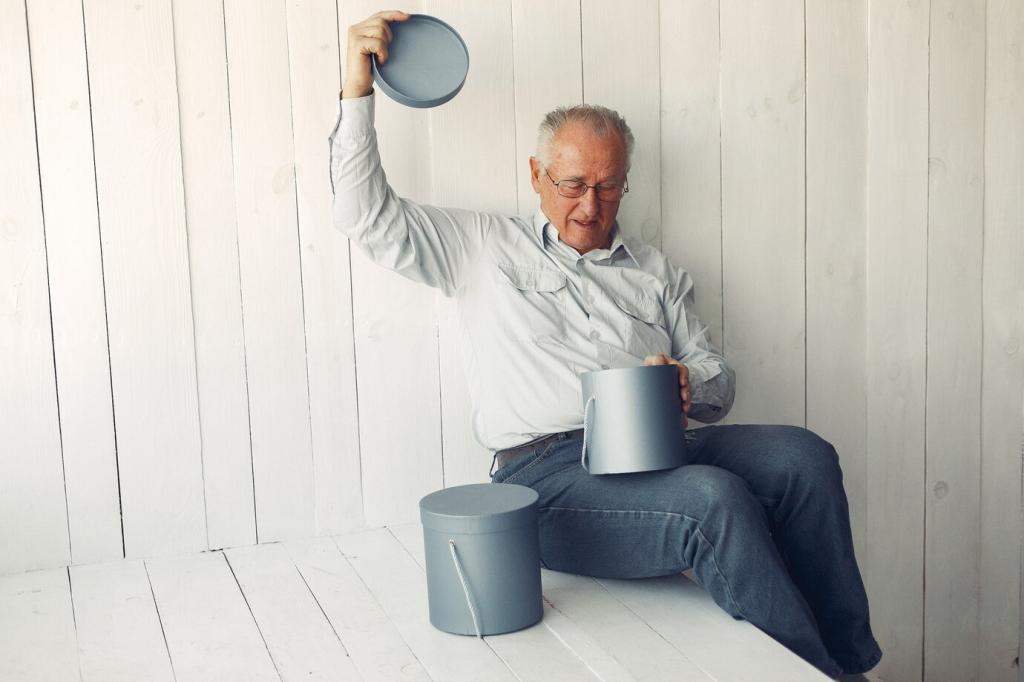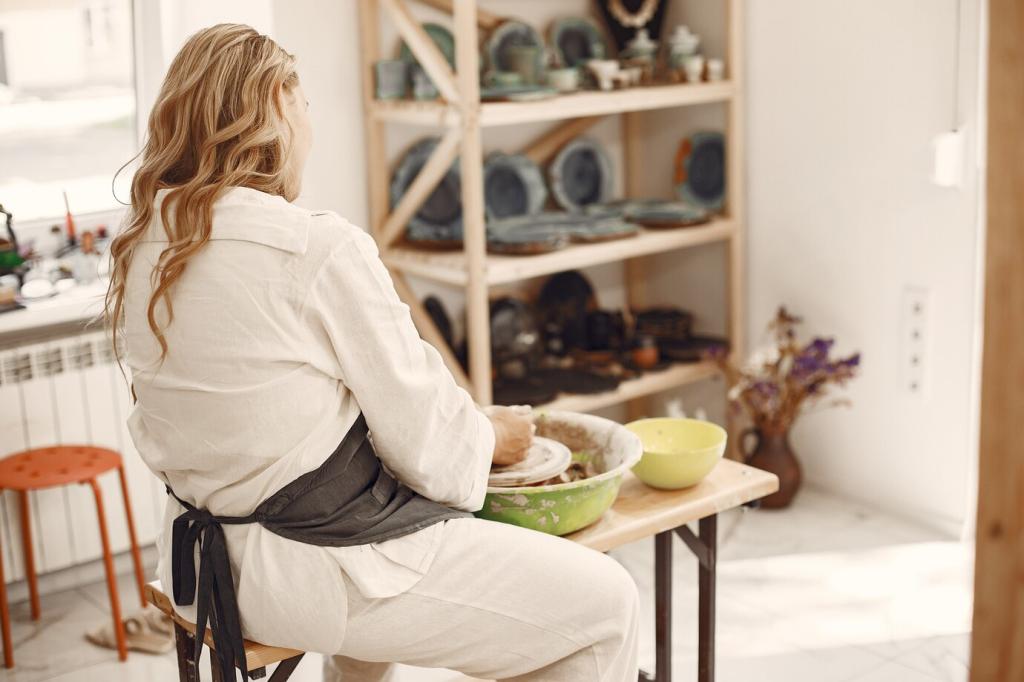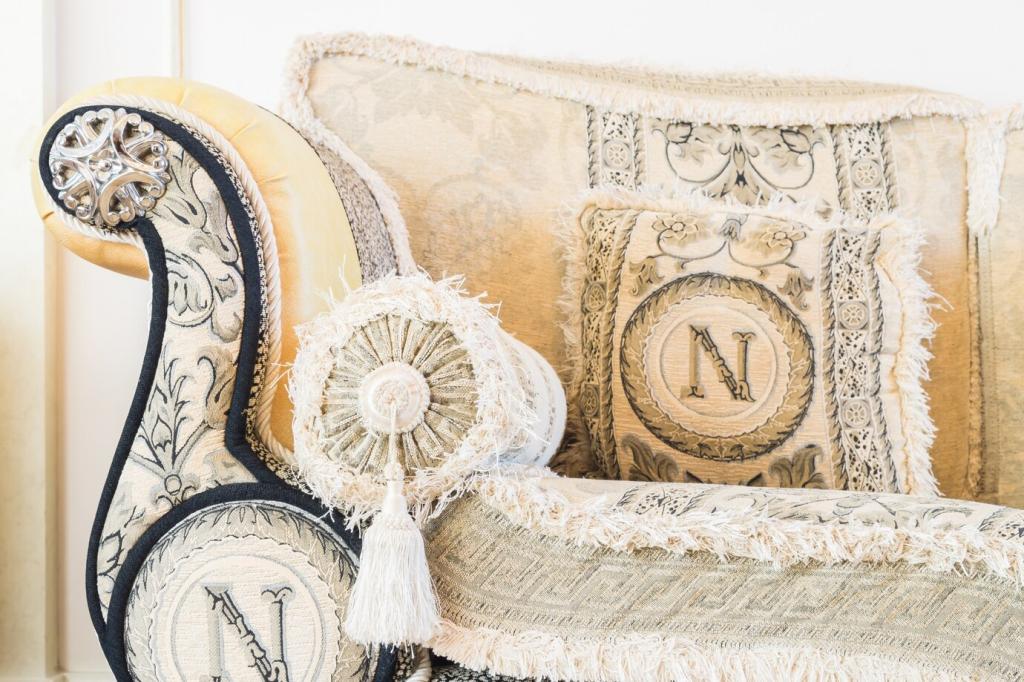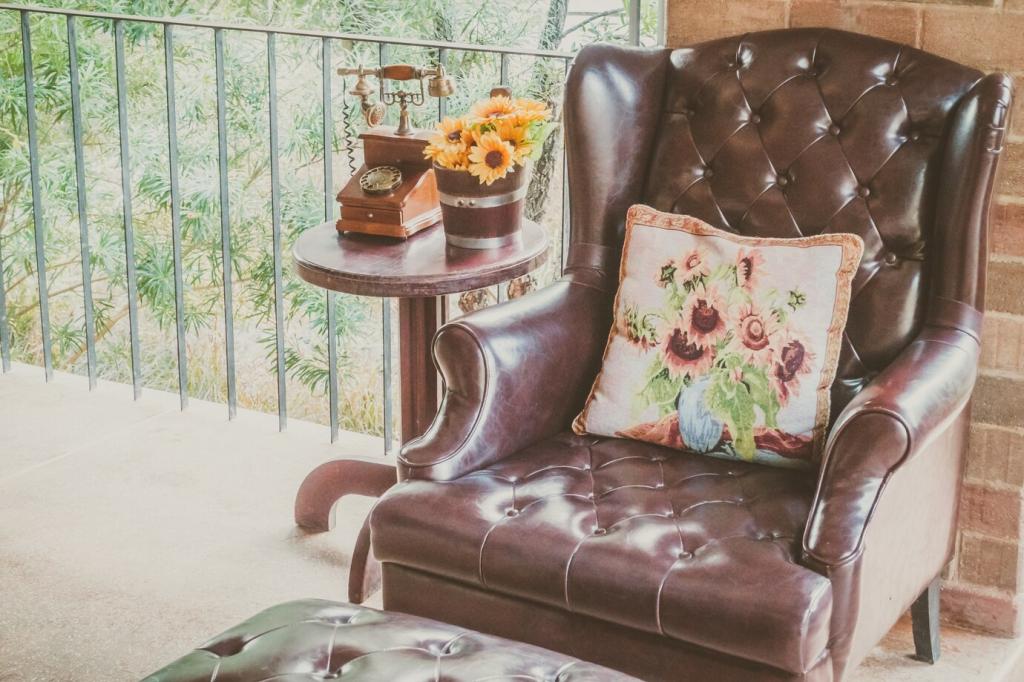The Science Behind Wood Color Change
Ultraviolet light breaks down lignin at the surface, creating a dull, bleached or yellowed cast that steals vibrancy. Oxygen accelerates the shift, especially on freshly sanded fibers. Pair good UV protection with low-oxygen exposure at the film level to preserve the wood’s original character longer.
The Science Behind Wood Color Change
Fluctuating humidity opens and closes pores, stressing finishes and exposing raw fibers to light. Hot mugs, steam, and sun-warmed windows do similar damage over time. Simple habits—coasters, curtains, and gentle cleaning—combine with finish maintenance to keep color stable in real, lived-in homes.
The Science Behind Wood Color Change
Cherry deepens dramatically; walnut can lighten; maple ambers with certain finishes. Teak’s oils slow weathering but never stop it. Understanding species tendencies helps you pick the right protective finish, the right placement in a room, and a realistic maintenance plan that honors each wood’s personality.
The Science Behind Wood Color Change
Lorem ipsum dolor sit amet, consectetur adipiscing elit. Ut elit tellus, luctus nec ullamcorper mattis, pulvinar dapibus leo.





